A good pair of headphones are a producer’s best friend. From Michael Jackson’s producer Quincy Jones to Metallica and Run-DMC collaborator Rick Rubin, producers have been using studio headphones to reveal flaws or imperfections in their music for decades.
Whether you're a newbie producer just learning the ropes, or a seasoned pro looking for a new pair of cans, we've rounded up our picks for the best headphones on the market right now. There's something for every budget, including some stalwarts of the production industry, along with some newer tech.
Best music production headphones
Sony MDR-7506/1
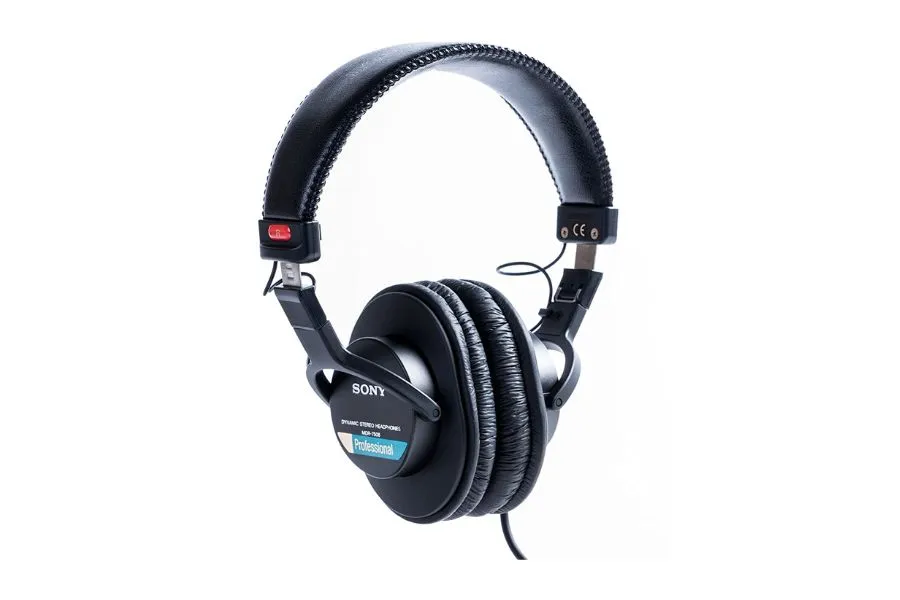
True industry veterans (they've been used by everyone from Paul McCartney to Sting), the Sony MDR-7506 has been a favourite of many a producer since they were first introduced in 1991. They feature a distinctively no-nonsense, no-frills design, made from a mix of black plastic and vinyl.
Sony claim this pair of headphones are lightweight and comfortable, suitable for long studio sessions. They come with a three-metre coiled cord, and both a 3.6 and 6.3mm adapter.
They may also be able to double as everyday headphones as they’re said to be entirely foldable, designed to be foldable and portable, and come with a protective carry pouch.
Type: Closed-back
Weight: 230g
Frequency Response: 10hz-20kHz
Impedance: 63 Ohms
Driver Size: 40.0mm
beyerdynamic DT 770 PRO
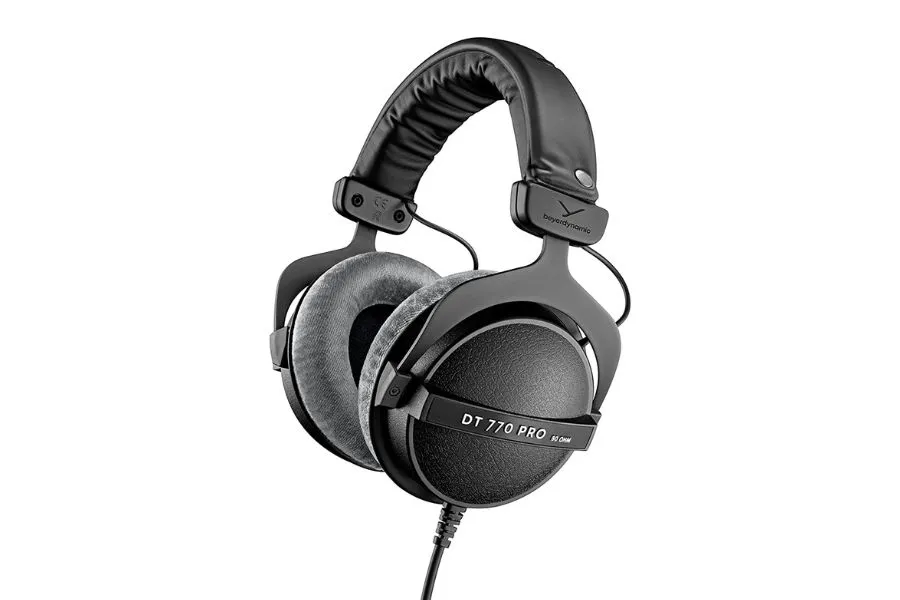
The DT 770 Pro headphones from Beyerdynamic, a German family-owned music equipment manufacturer, are part of their classic series that has been tried and tested by music professionals for years.
According to the manufacturer, these closed studio headphones offer noise isolation with minimal sound leakage, which Beyerdynamic claim makes them a good choice for vocal recordings.
They also reportedly have sensitive transducers that can reproduce the full range of frequencies and audio being produced, aiming to provide precise monitoring.
The impedance is adjustable, with lower Ohms for smartphones and laptops and higher for professional devices.
The headphones feature a steel headband designed to provide a secure fit, with soft, adjustable ear cups that ensure comfort over long studio sessions.
Type: Closed-back, dynamic transducer
Weight: 270g
Frequency Response: 5Hz - 35kHz
Impedance: 16-250 Ohms
Sennheiser HD-206
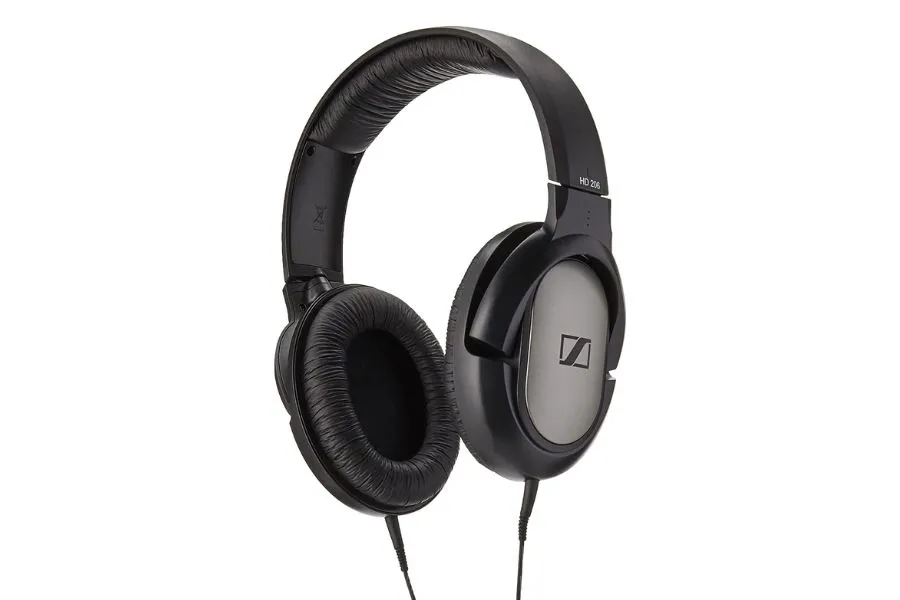
This affordable entry-level pair of production headphones could be a good pick for anyone just starting out who doesn’t want to pay a premium price.
They’re said to offer good attenuation of ambient noise to help users focus on the sound being recorded or produced. Their lightweight profile may make them comfortable over longer sessions.
The HD-206s feature a sealed earcup design that prevents audio bleed, which could be distracting or picked up by other microphones. The 24 Ohms impedance should make them suitable for use with phones, laptops, and studio recorders.
Type: Closed Back
Weight: 172g
Frequency Response: 10Hz - 50kHz
Impedance: 20 Ohms
Audio-Technica ATH-M50XBT
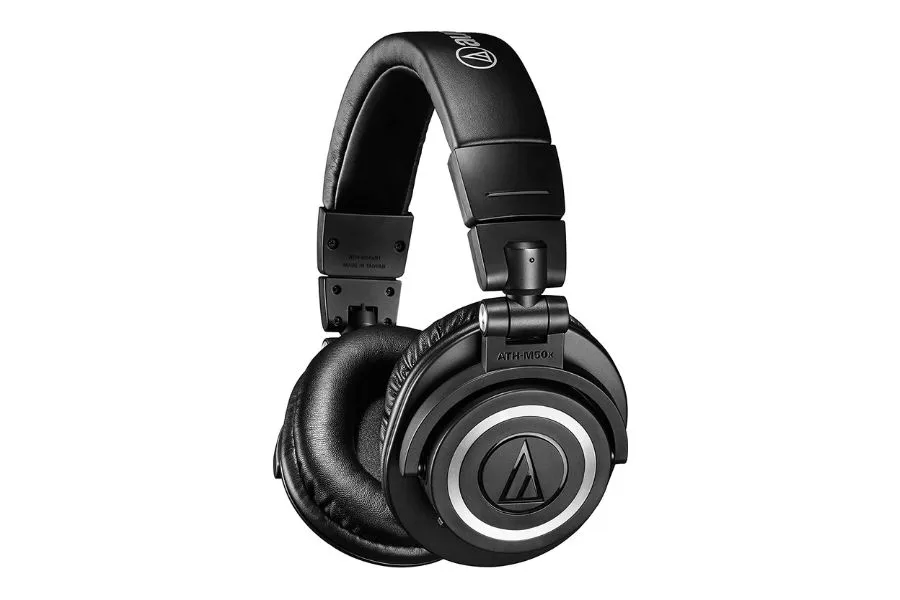
Audio Technica’s M50 studio headphones are reputable all-rounders for musicians and producers, and this pair, the ATH-M50XBTs, are said to provide the same studio standards while cutting the cord and going wireless.
There are touch controls for Bluetooth, with access to a voice assist and the ability to answer calls while on the go. There’s also the option to switch to a wired connection if preferred or if the battery power is low (although it’s said to have a life of 40 hours per charge).
The headphones run on 45mm drivers, and the over-ear design is said to be designed for premium sound isolation.
Type: Closed back
Weight: 310g
Frequency Response: 15Hz – 28kHz
Impedance: 34 Ohms
AKG K712PRO
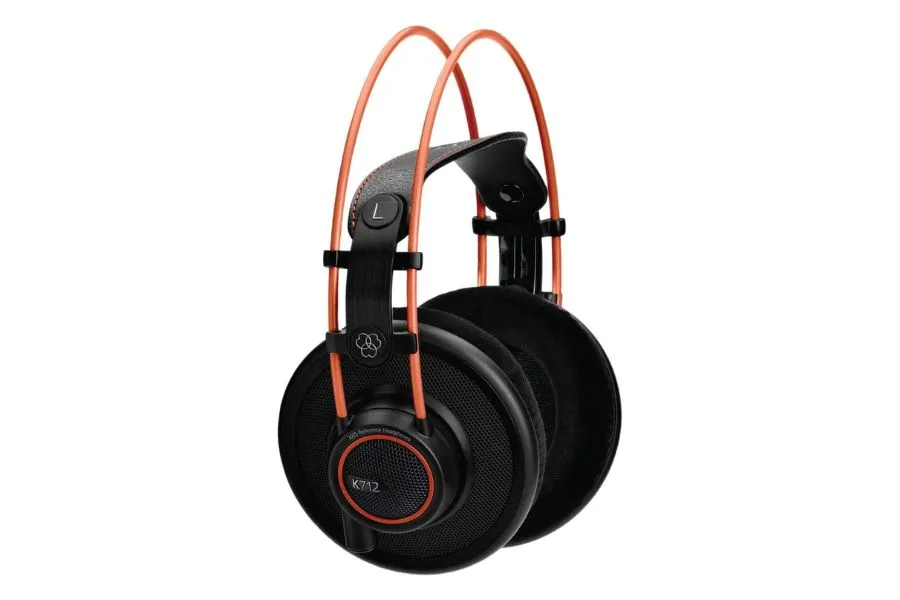
AKG’s K712PRO is designed to provide a spacious soundstage, with an open-back design for critical listening and mixing.
It uses a flat wire voice coil, a tightly wound wire that vibrates in response to an electric signal. This is stated to provide a more efficient transfer of electrical energy into acoustic energy, resulting in improved treble response and overall sound quality, according to AKG.
The headphones feature an elastic-loaded headband made of leather, with velour ear pads designed to keep your ears comfortable. They’re also said to feature a self-adjustment design that helps them rest in a natural position for a variety of head shapes and sizes.
Type: Open Back
Weight: 235g
Frequency Response: 15Hz – 28kHz
Impedance: 62 Ohms
Sennheiser HD 600
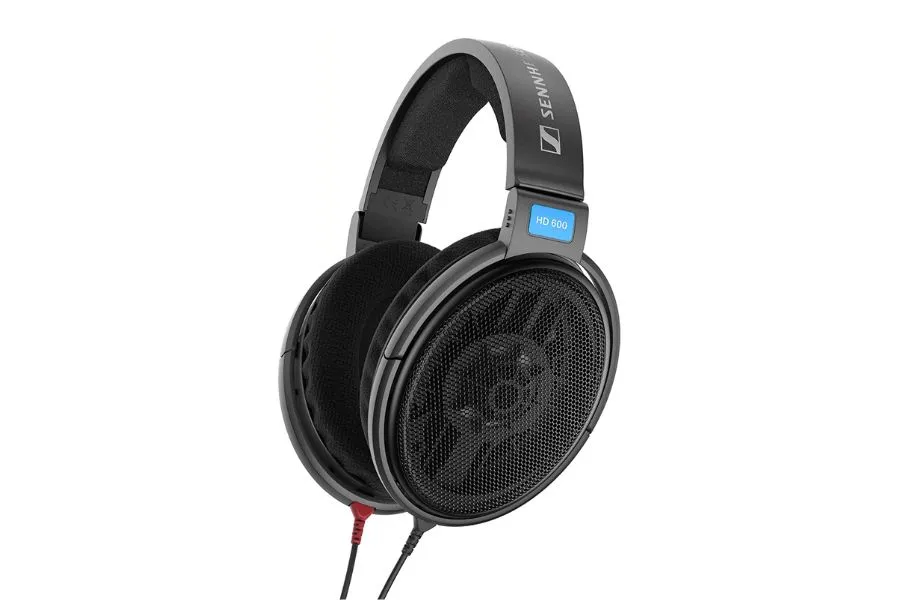
Sennheiser’s HD 600 headphones are a pair of open-back headphones that feature an over-ear design and computer-optimized 42mm drivers, aiming to provide a premium listening experience.
The open design is said to provide transparency and clarity while keeping distortion levels low for accurate referencing. However, it's important to note that their 300 Ohms impedance may not allow them to reach their full potential with lower power devices like phones or laptops.
Type: Open Back
Weight: 260g
Frequency Response: 12Hz – 40.5kHz
Impedance: 300Ω Ohms
Audeze LCD-X
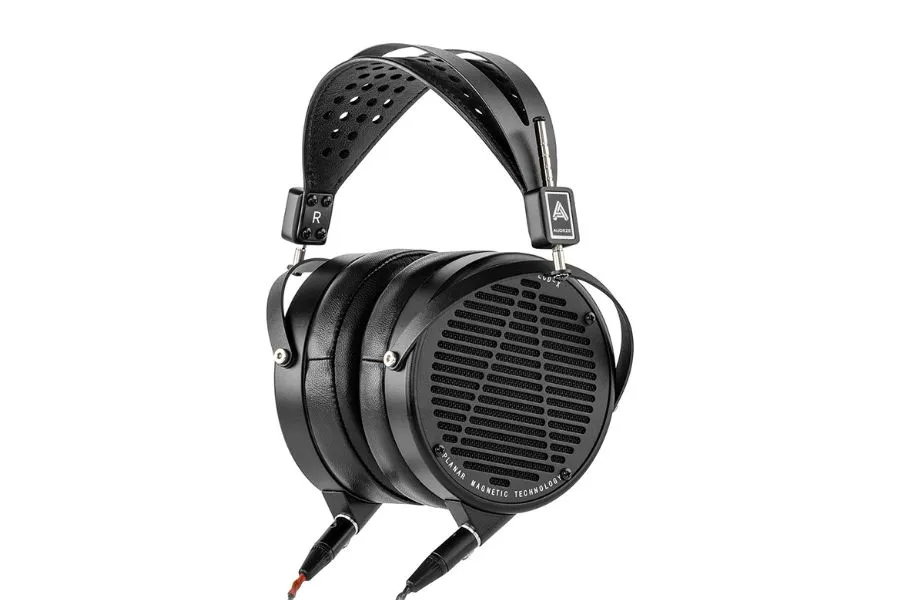
If budget is not a concern and you are looking for an extremely premium option, then the Audeze LCD-X might be worth considering. According to Audeze, it has low distortion, which makes it comparable to high-end studio speaker systems, and allows it to stand in for large, expensive acoustic room treatments.
The headphones use magnetic drivers, which reportedly deliver high efficiency with a low impedance of just 20 Ohms. This is designed to maintain high-quality sound regardless of the device used.
In addition, it can be used with Audeze Reveal+, a virtual studio for producers, which can create an AI-generated aural map of your listening. The headphones also feature a suspension headband and deep cushions designed to provide comfortable mixing or recording sessions.
Type: Open Back
Weight: 635g
Frequency Response: 10Hz - 50kHz
Impedance: 20 Ohms
What to look for when buying music production headphones?
- Frequency Response: Headphones with a neutral frequency response can reproduce the entire frequency range of the audio spectrum more accurately. This will allow you to make accurate judgments about the tonal balance of your mix. A measurement of +/- 3dB or less is considered good quality.
- Impedance: Headphones with a low to medium impedance can produce a louder sound with less power, making them suitable for use with portable devices. However, higher Ohms can be useful in studio settings, where, with the required power output, they can potentially produce more accurate and detailed sound. It’s a good idea to check why a manufacturer has opted for a low/high Ohms, and then consider what is right for you.
- Design: Closed-back headphones feature a solid or sealed back, which prevents sound leakage and provides isolation from external sounds, which can be good for avoiding distractions and narrowing in on quieter passages. Open-back headphones allow air to flow in and out of the ear cups, which can create a more spacious sound, well-suited for listening to the music critically and accurately.
- Soundstage: Soundstage refers to the spatial representation of sound in headphones, where instruments and sound sources are clearly distinguishable, which can help producers to create balanced and accurate mixes.It can be difficult to quantify objectively and is affected by factors such as the driver size and design, earcup shape and size, and acoustic properties. Look for headphones that aim to provide a wide, accurate soundstage, rather than narrower or closed-in options.
- Driver Quality: A high quality, larger driver can handle rapid changes in audio levels without losing clarity and detail, as well as produce more accurate and detailed sound. Around 40mm to 50mm in diameter should be large enough to provide a good bass response and wider frequency range, to facilitate accurate monitoring and mixing.
- Music: How it affects your brain, changes your mood and helps you focus
- How do noise-cancelling headphones work?
- Best turntables and record players
- Best shower speakers
- Gifts for music lovers and audiophiles
- Best neckband headphones for tangle-free tunes
- Best guitar gadgets: 13 gifts & accessories for guitarists
Top image credit: Kelly Sikkema / Unsplash